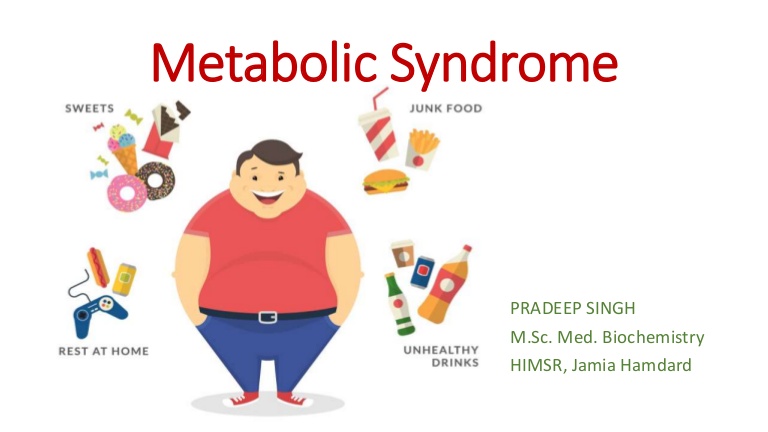Metabolic syndrome refers to a set of disease risk factors that appear to increase the risk of cardiovascular disease and type 2 diabetes. It is also known as insulin resistance syndrome. The syndrome is not a specific condition, but it groups together a set of risk factors that have been linked to a higher chance of developing cardiovascular disease and type 2 diabetes. Diagnosis initially aims to identify those people who could be at risk of metabolic syndrome, but who may benefit from lifestyle modifications rather than drug treatments. High blood glucose levels, high blood pressure, and lipid and cholesterol abnormalities can often be targeted early with lifestyle measures. However, some people may already be using medication for some aspect of metabolic syndrome, such as high blood pressure, when they receive their diagnosis. Losing weight, especially in the upper body can be an effective treatment. Not all medical guidelines agree on the exact thresholds to use for a diagnosis of metabolic syndrome. Controversy remains, for instance, about the best way to measure and define obesity. Options include body mass index (BMI), height-waist ratio, or other means. A person may also have high blood pressure or high blood glucose, for example, that is not related to obesity. The above criteria were created in an attempt to harmonize diagnoses. However, doctors will also consider an individual’s circumstances.
(Credits: www.medicalnewstoday.com)


1593485578.jpg)